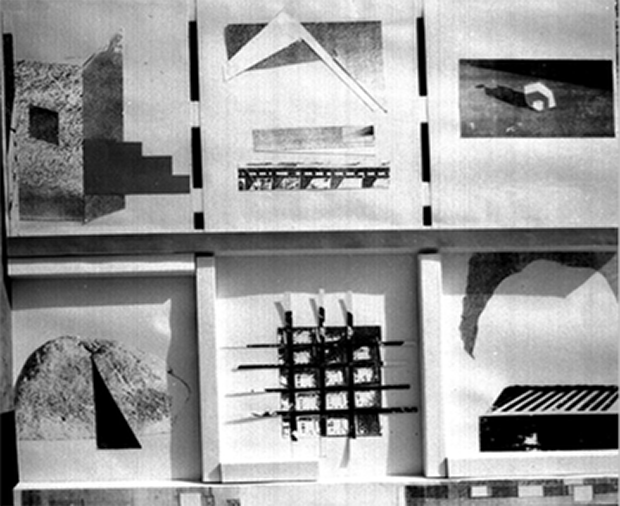Samit Das / Pernod Ricard Fellowship 2017
In residency in May, and from October to December 2017
Samit Das (1970, Jamshedpur, India) studied fine arts at the Santiniketan Kala Bhavan before attending a post Experience program at Camberwell College of Arts in London through a British Council Scholarship. As an artist, he specializes in painting, photography, interactive artworks, artists’ books as well as in creating multi-sensory environments through art and architectural installations. He also has a deep interest in archives and documentation.
Samit Das had several solo shows as well as group shows in India and abroad. He was notably part of the Dakar Biennale, Senegal. He has documented the Tagore house Museum In Kolkata (1999-2001). Samit Das started his research on Santiniketan Architecture during his MFA studies, which resulted in a book titled Architecture of Santiniketan : Tagore’s concepts of space (Niyogy Books, Delhi). He has curated a few history-based exhibitions like The Idea of space and Rabindranath Tagore and Resonance of Swami Vivekananda and Art of Nandalal Bose. He was awarded a BRIC scholarship to visit Italy. His artist’s book, Hotel New Bengal, was released in 2009 (Onestar Press, France). He was recently awarded a Research scholarship from ProHelvetia New Delhi to visit Switzerland.

- Installation project inspired by Le Corbusier’s Chandigarh Villa (details), Chandigarh Museum, 2001.
STATEMENT OF INTENT
"Through the Pernod Ricard Fellowship, I intend to investigate the visual vocabulary of Indian modern art in resonance with Paris as world cultural capital. I am interested in reassessing the idea of modernism in India and the role of Western Art, with a special focus on the numerous Indian artists who visited and stayed in France. The history of colonization in India is long and complicated, making it difficult to find relevant archives, in particular documents which have had indirect effect on the arts. Indeed, fusion of different styles has been observed at different points in time in India, giving rise to a new imagery during the late 40’s. The legacy of this mixed style is still relevant today and one ought to be familiar with its form to understand contemporary art practices in India.
I have observed a historical vacuum at the expense of the modernist era in India after the Bengal school art movement. This multifaceted movement not only included painting but also theatre, art criticism, music, sculpture, interior decoration and so on. However, much of it remains undiscovered. There is a crucial need for a better exposure of this period in order to understand Modernism as well as modern and contemporary art in India. The study of sources collected in French museums, private collections or journals would lead to a better understanding of Indian artists who stayed and studied in Paris in the 40’s and 50’s such as Nirode Mazumdar, Krishna Reddy and Akbar Padamsee could be considered."
Partager